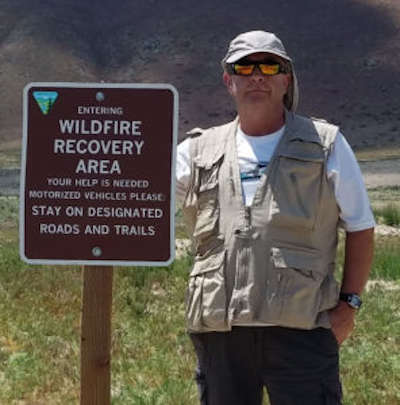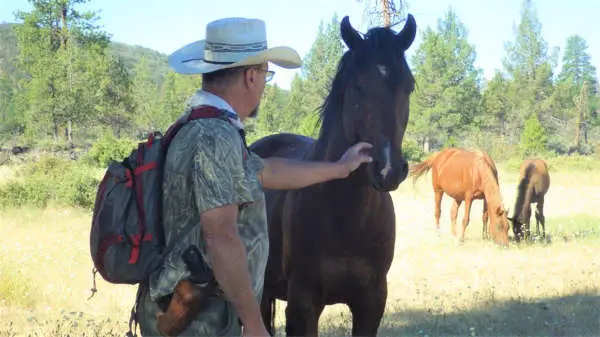- Becky Salato
- Posted On
Exciting news: Here comes Obsidian Middle School

LOWER LAKE, Calif. — Do you remember middle school? Most of us look back on it with mixed feelings.
It’s an interesting developmental period, a time when kids begin to move away from the safe and familiar ways of childhood into the independence and confusion of adolescence.
According to a slew of studies (and my own experience as an educator), middle school students require a special environment to meet their needs.
Depending on the day, they might need nurturing, encouragement to explore, or a push to test their own limits. They need teachers who can be patient with some shenanigans and also capable of drawing clear boundaries at the same time.
Middle school students are ready to spread their wings more than elementary school students but not quite ready for full immersion into the high school world. In short, they need their own school–and that’s what we are planning to provide.
Next year, the campus that currently houses Konocti Education Center will become Obsidian Middle School, where 650 seventh and eighth graders can prepare for the rigors of high school as they explore who they are becoming.
Opening any school is a big undertaking. Opening a middle school can be especially challenging.
Happily, we have a wonderful principal to lead the charge: Michelle Patterson. Michelle joined our district this year on an interim basis and it was clear from the start that she belonged with us. She has already forged great relationships with many Konocti teachers, and she is enthusiastic about creating just the right environment for our middle school students.
Michelle shared with me the 12 key factors necessary to create a successful middle school, based on a well-regarded book called Taking Center Stage.
Middle schools must focus on rigor; instructional assessment and intervention; time management; relevance; relationships; transitions; access; safety, resilience, and health; leadership; professional learning; accountability; and partnerships. It’s a big list, and she has ideas on every item.
Her first and most important goal is to build relationships with parents, because when schools and families work together, students are far more likely to succeed.
Michelle will provide online access for parents to stay tuned in to their student’s academic workload, and she’ll build agreements with parents so students never feel as though following their parents’ requests compromise their ability to follow school rules. No child should be put in a situation where they are caught between opposing adults — that’s not fair.
We’ve got some logistical work to do, like updating the campus to allow both parents and buses to drop off students at the same time and finishing the construction of the gymnasium. We’re also identifying and working with the new faculty, and planning for them to connect with each student’s current teacher before creating class schedules.
This is not a one-size-fits-all kind of place. Every step is intentional, so that each student has access to the resources and experiences that will help them thrive.
We will certainly have more to share as our preparation progresses, but I wanted to let everyone know about our plans. When our schools improve, our community improves. When we invest in our students, they often grow up and contribute their time and talent to our community. As many of you know, some of our best teachers grew up here. They went through our schools, went away to college, and came back to support this community they love.
As we continue on our journey of getting better at getting better, we find ways to better support each student. Having a middle school will ease students’ transition into high school, paving the way for future success. It will also allow teachers to specialize and collaborate for the good of our kids. Ultimately, I am confident that it will lead to better academic outcomes for our students.
As a school district, we are committed to investing in our students’ development–academic, social, and emotional. We do our best to provide students with experiences and opportunities to build confidence, knowledge, skill, and character. We know that when we do this in partnership with families and community organizations, it can catapult students toward a bright future.
Becky Salato is superintendent of Konocti Unified School District.





 How to resolve AdBlock issue?
How to resolve AdBlock issue? 




